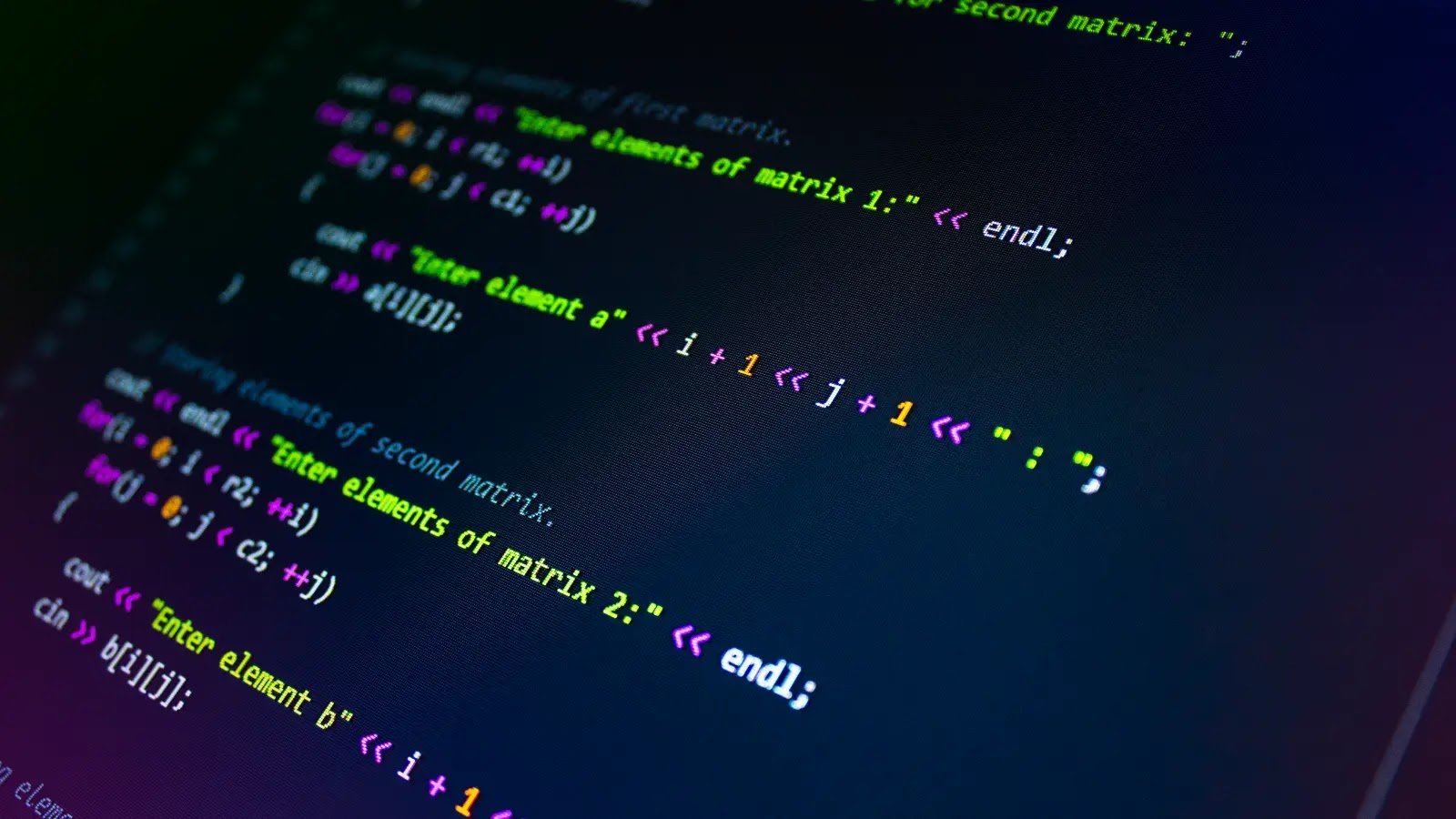According to Swapnil Aggarwal, director of VSRK Capital, the price mismatch between silver ETFs and futures has two main causes. “The ETF market closes around 3:30 p.m., while MCX futures trade till around 11:30 p.m. There’s an eight-hour gap, and if silver jumps overnight, ETFs need to catch up in the morning. That’s why you often see higher openings,” he explained.
Aggarwal added that investors often prefer ETFs over futures for their perceived safety, creating a demand-driven premium. “The demand for ETFs is stronger because people see them as safer than the more volatile futures market. Strong industrial demand, US interest rate trends, and silver’s industrial applications are also driving ETF buying,” he said.
His advice to investors: hold on. “Silver could reach around Rs 2,50,000 by the end of 2026. Those already invested should continue to hold for the next year, while new investors can consider buying on dips.”
Santosh Meena, head of research at Swastika Investmart, pointed out that this decoupling of ETF prices from their NAV has become a curious pattern in India’s silver market. “Silver ETFs like Nippon India and ICICI Prudential are trading at notable premiums. This is driven by low trading volumes and extremely bullish sentiment,” he said.
While this premium might look like a windfall, Meena warned it could backfire. “It’s a temporary anomaly that arbitrageurs will eventually correct. Once the bullish momentum cools, ETF prices will align with their NAV, and investors who bought at a premium may face losses,” he noted.
Still, both analysts agree the long-term outlook for silver remains strong. With record-high industrial demand from sectors like electronics, solar energy, and electric vehicles, silver’s role in the green economy is expanding rapidly. “Short-term volatility aside, the fundamentals remain solid,” Meena said. “Long-term investors shouldn’t worry about temporary premiums or price swings.”



